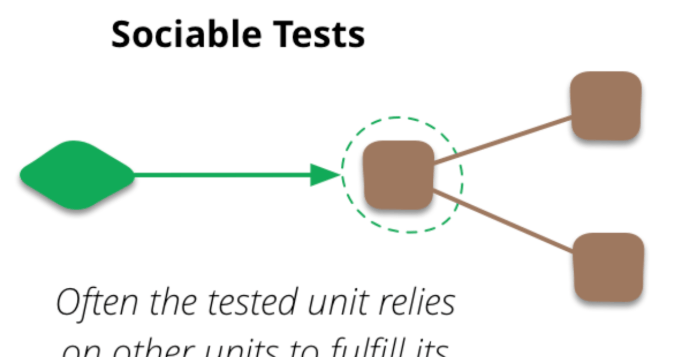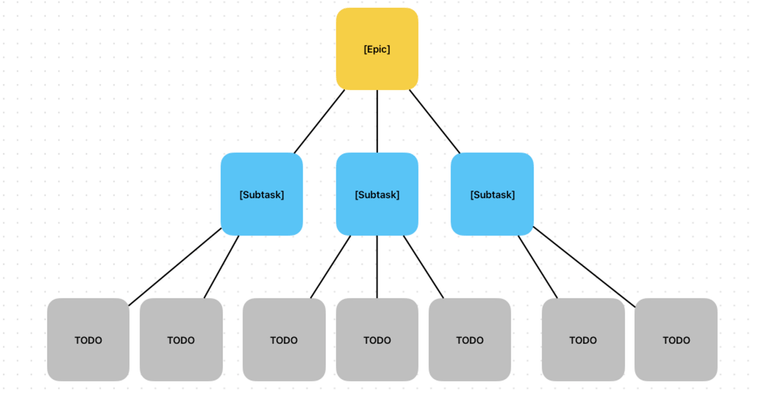前言
Hi 大家好,我是 Johnny,好久沒有更新文章了呢 !
最近有個專案使用 NextJS v15,需要收集 Playwright E2E 測試的 coverage report,甚麼是 coverage report 呢? 簡單說就是記錄你跑的測試覆蓋到多少你寫的大便 code(疑?),並且細分到各個檔案層級,這個在 unit test 比方說 Jest 時可以很容易透過 configuration 調整輸出的 report 格式,但換到 E2E 測試,比如 Playwright 這樣的框架時,就會稍微比較麻煩一點,因為通常 E2E 會牽涉到各種跳頁的情況,收集覆蓋率時相對複雜很多
目前網路上的資料
在網路上針對 NextJS 的 E2E coverage report 相關文章研究後,目前網路上找到的大部分為以下兩種:
- babel-plugin-istanbul(過舊無法使用)
- 這是一個 Babel 的 Plugin,可以自動幫忙處理收集 coverage report,但因為 NextJS 最新版都已經預設使用 SWC compiler,對於自行切換回 Babel 編譯時可能跳出的 ERROR 就需要自己想辦法去修正,個人使用後發現會出現太多問題,不採用
- 這裡有一個舊的 Demo 專案,本篇部分內容為參考此專案實做,主要是了解你的 code coverage 該在甚麼時候開始、結束收集 report,並將 report 寫入檔案中
- swc-plugin-coverage-instrument(過新不穩定,說明少,無法使用)
- 這是目前 SWC 專門收集 coverage 的工具,但筆者在寫這篇文章時使用是無法正常運作,可能未來會有修正吧,但我現在就要用啊!!
土法煉鋼
經過各種研究後,最後看來只能自己實作一套了,主要是參考一些舊的文章,並稍微調整後總結如下流程
使用 Playwright 官網 Coverage API
-
官方範例
const { chromium } = require('playwright');
const v8toIstanbul = require('v8-to-istanbul');
(async () => {
const browser = await chromium.launch();
const page = await browser.newPage();
await page.coverage.startJSCoverage();
await page.goto('https://chromium.org');
const coverage = await page.coverage.stopJSCoverage();
for (const entry of coverage) {
const converter = v8toIstanbul('', 0, { source: entry.source });
await converter.load();
converter.applyCoverage(entry.functions);
console.log(JSON.stringify(converter.toIstanbul()));
}
await browser.close();
})();
從以上簡短的範例看起來,我們需要透過 Playwright 的 API 明確告知收集 coverage 的開始、結束點後,將需要的 report 透過 v8toIstanbul 轉為 Istanbul 的測試 coverage 格式
最終實作
- 首先安裝 v8-to-istanbul
$ npm install --save-dev v8-to-istanbul- 接著撰寫 coverage util 工具
// e2e/utils/coverage.ts
import { test, Page } from '@playwright/test'
import v8toIstanbul from 'v8-to-istanbul'
import * as crypto from 'crypto'
import * as fs from 'fs'
import * as path from 'path'
const istanbulCLIOutput = path.join(process.cwd(), 'temp-coverage')
// put this in playwright.config.ts
export async function prepareCoverage() {
await fs.promises.mkdir(istanbulCLIOutput, { recursive: true })
}
// put this in each test file
export async function setupTestCoverage() {
test.beforeEach(async ({ page }) => {
const testCoverage = new TestCoverage(page)
await testCoverage.start()
})
test.afterEach(async ({ page }) => {
const testCoverage = new TestCoverage(page)
await testCoverage.stop()
})
}
function generateUUID(): string {
return crypto.randomBytes(16).toString('hex')
}
// see: https://playwright.dev/docs/api/class-coverage
// const coverage = await this.page.coverage.stopJSCoverage()
class TestCoverage {
constructor(public readonly page: Page) {}
async start() {
await this.page.coverage.startJSCoverage({
resetOnNavigation: false,
reportAnonymousScripts: false,
})
}
async stop() {
const coverage = await this.page.coverage.stopJSCoverage()
// we only needs these files coverage, you may want to change this to `.jsx`, `.js`
const filteredEntries = coverage.filter(entry =>
entry.source &&
(entry.url.endsWith('.tsx') || entry.url.endsWith('.ts')) &&
!entry.url.includes('node_modules')
)
// we write coverage file with await due to CI machine memory limitation
// prevent Exit Error 137(OOM issue)
for (let i = 0; i < filteredEntries.length; i ++) {
const entry = filteredEntries[i]
try {
const converter = v8toIstanbul(entry.url, 0, { source: entry.source! })
await converter.load()
converter.applyCoverage(entry.functions)
const coverageJSON = JSON.stringify(converter.toIstanbul())
await fs.promises.writeFile(
path.join(istanbulCLIOutput, `playwright_coverage_${generateUUID()}.json`),
coverageJSON
)
} catch (error) {
console.warn(`Failed to process coverage for ${entry.url}:`, error)
}
}
}
}
- 最後我們需要在測試中這樣使用
import { test } from '@playwright/test';
import { setupTestCoverage } from '~/e2e/utils/coverage'
test.describe('My Super Test', () => {
// 收集 report
setupTestCoverage()
test('use Turquoise as a default background color', async ({ page }) => {
await page.waitForSelector("text=#1abc9c")
});
test('use Red as a background color', async ({ page }) => {
await page.click("text=Red")
await page.waitForSelector("text=#e74c3c")
});
})
同場加映
如果你的專案像我一樣,需要同時收集 unit test, e2e test 的 coverage report,並且最終合併成為一個 report,那麼請接著往下看
- 安裝 nyc 工具
這是一個幫助合成 test coverage report 的工具,可以根據需求決定要輸出的 report 格式
$ npm install --save-dev nyc- 設定 nyc configuration
// .nycrc
{
"all": true,
"include": [
"src/**/*.tsx",
"src/**/*.ts"
],
"exclude": [
"**/*.config.ts",
"**/*.config.js",
"**/*.d.ts",
"**/app/api/**/*.*",
"__tests__",
"tests",
"e2e"
],
"reporter": [
"html",
]
}
- 設定 unit test 工具輸出 coverage 位置(以 Jest 為例) 這邊把原本 unit test 的 final report 輸出到跟前面 E2E 同一個資料夾內
// jest.config.js
const config = {
coverageDirectory: 'temp-coverage', // same as above e2e output dir
coverageReporters: [
'json' // nyc would need json format to merge with other reports
]
}
- 設定 package.json script 當我們跑完 unit test, e2e test 後,最後執行這個動作就可以將前面所有測試跑完的 coverage report(JSON 格式)整合成一份最終的 coverage report 了!
{
"create-report": "nyc report -t temp-coverage --report-dir coverage"
}
結語
雖然上面的實作只能算是一種應急的處置,如果後續有更穩定的工具能夠使用也是可以考慮轉移,但透過實作也希望能讓大家更了解整個 test coverage report 的收集從頭到尾的流程~,今天分享就到這瞜,下一篇文章見拉!

